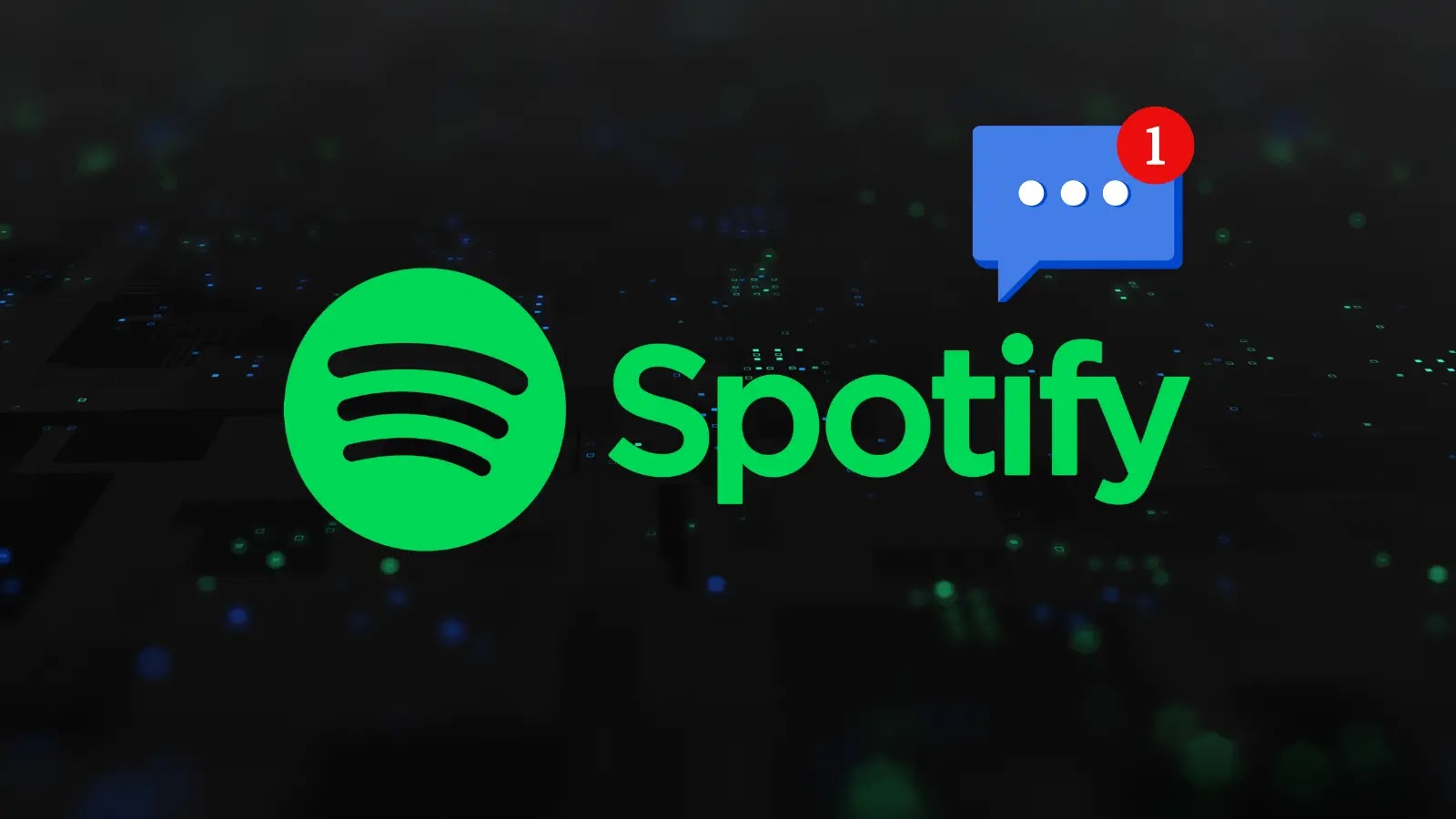
Spotify Launches Direct Message Feature for Music Sharing, What are the Risks Associated?
Spotify’s New Direct Message Feature: Unpacking the Cybersecurity Implications
Spotify, the omnipresent music streaming giant, recently unveiled a native direct messaging feature, “Messages,” for its vast user base. This long-anticipated addition, available to both Free and Premium users aged 16+ in select markets, aims to revolutionize in-app music sharing, fostering a more interactive and recommendation-driven experience. While this development promises enhanced social connectivity, cybersecurity analysts are flagging potential risks. The integration of a new communication channel, particularly one built on an API, inevitably introduces fresh attack vectors that demand scrutiny. Understanding these potential hazards is crucial for users and security professionals alike.
The Evolution of In-App Communication in Spotify
Until now, sharing music on Spotify often involved external platforms, cumbersome copy-pasting of links, or reliance on third-party integrations. The new Messages feature streamlines this process, creating a dedicated, in-app space for sharing tracks, podcasts, and audiobooks. This move is a strategic play to keep users within the Spotify ecosystem, capitalizing on word-of-mouth recommendations that drive engagement and discovery. From a user experience perspective, this is a significant upgrade, offering convenience and immediacy. However, from a security standpoint, every new communication API warrants a thorough risk assessment.
Potential Attack Vectors Introduced by the New Messaging API
The introduction of any new API, especially one handling direct user-to-user communication, inherently expands the attack surface. Security researchers are quick to highlight several potential vulnerabilities if the underlying architecture and implementation are not robust. These include:
- Phishing and Social Engineering: A direct messaging platform within a trusted application can be a prime target for sophisticated phishing attacks. Attackers could impersonate legitimate users, friends, or even Spotify support to trick users into revealing credentials, clicking malicious links, or downloading malware. The perceived legitimacy of an in-app message can lower a user’s guard.
- Malware Distribution: While Spotify’s core function is content streaming, the ability to share links or potentially even attach files (though not explicitly confirmed as of this writing for the initial rollout, it’s a common messaging feature) creates a conduit for malware. Malicious links leading to drive-by downloads or infected files disguised as legitimate content could spread rapidly.
- Spam and Unsolicited Content: Without stringent rate limiting, content filtering, and anti-spam measures, the direct message feature could become a hotbed for unsolicited commercial content, scams, or other nuisance messages, degrading user experience and potentially leveraging system resources for malicious purposes.
- API Vulnerabilities: Any newly deployed API is susceptible to common web application vulnerabilities such as Broken Access Control, Injection Flaws (e.g., SQL Injection if databases are improperly secured, though less likely for a pure messaging API), and Insecure Direct Object References (IDOR). An attacker exploiting an IDOR, for instance, might be able to read or send messages on behalf of other users. For example, a hypothetical vulnerability (not confirmed, but illustrative) similar to CVE-2023-AABBC could allow unauthorized message access if authentication tokens are mishandled.
- Privacy Concerns: While the feature facilitates sharing, the underlying data handling and encryption practices for messages are paramount. Weak encryption or logging practices could expose private conversations to unauthorized access.
Remediation Actions and Best Practices for Users and Spotify
Mitigating these risks requires a multi-faceted approach, involving both diligent platform security from Spotify and cautious behavior from users.
For Spotify:
- Robust API Security: Implement rigorous security testing, including penetration testing and bug bounty programs, to identify and patch vulnerabilities proactively. Focus on authentication, authorization, input validation, and secure data handling for the new messaging API.
- Spam and Phishing Detection: Deploy advanced algorithms and machine learning models to detect and block spam, malicious links, and phishing attempts in real-time.
- User Education Prompts: Integrate in-app security tips and warnings, particularly for new users of the messaging feature, to educate them about common social engineering tactics.
- Rate Limiting and Abuse Prevention: Implement strict rate limiting on message sending to prevent spamming and Denial-of-Service (DoS) attacks. Provide clear reporting mechanisms for users to flag suspicious activity.
- End-to-End Encryption: While complex for a platform of Spotify’s scale, investigating and implementing robust encryption for message content would significantly enhance user privacy and security.
For Users:
- Be Skeptical of Links: Always exercise extreme caution when clicking on links received through direct messages, even from known contacts. Verify the legitimacy of the link before clicking.
- Never Share Credentials: Spotify or a legitimate contact will never ask for your password or other sensitive information via direct message. Report any such requests immediately.
- Report Suspicious Activity: Utilize Spotify’s reporting features to flag any unsolicited messages, spam, or phishing attempts.
- Enable Multi-Factor Authentication (MFA): If Spotify offers it for account login (which they do), enable MFA. This adds a crucial layer of security, making it significantly harder for unauthorized individuals to access your account even if they obtain your password.
- Keep Your App Updated: Ensure your Spotify app is always updated to the latest version. Updates often include security patches that address newly discovered vulnerabilities.
Conclusion
Spotify’s new direct message feature marks an exciting evolution in how users interact with music and each other. While enhancing user experience through seamless in-app sharing, its introduction also underscores a critical principle in cybersecurity: every new feature presents new challenges. Both Spotify, by prioritizing the security and resilience of its new messaging API, and its users, by adopting a vigilant and skeptical mindset, play crucial roles in maintaining a secure digital environment. As the feature rolls out globally, continuous monitoring and proactive security measures will be paramount to ensure that music sharing remains a joy, not a risk.





